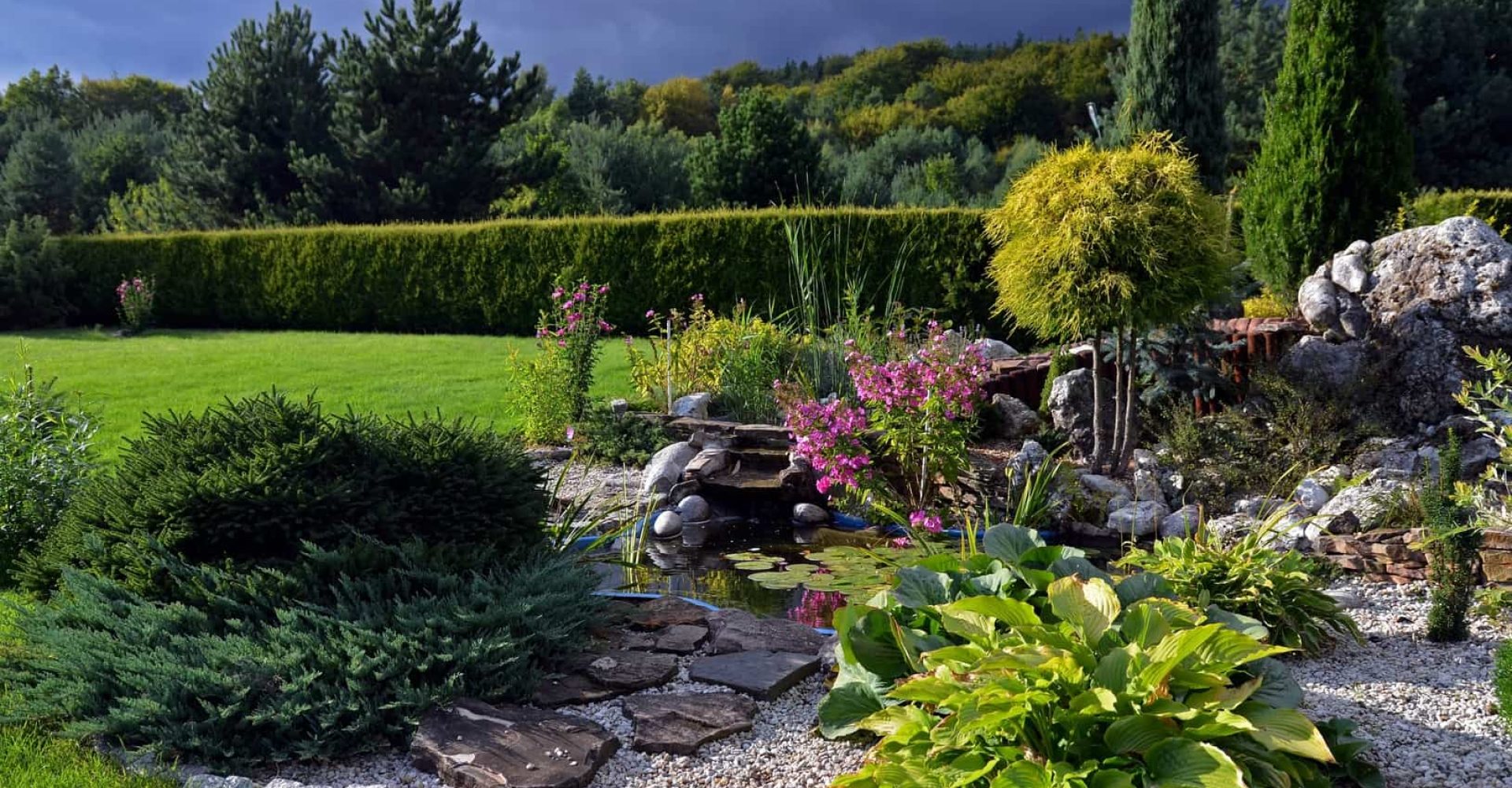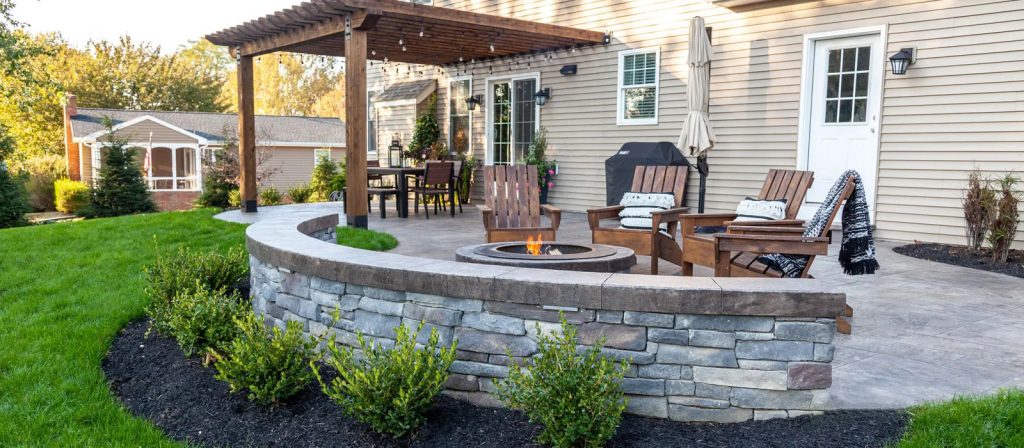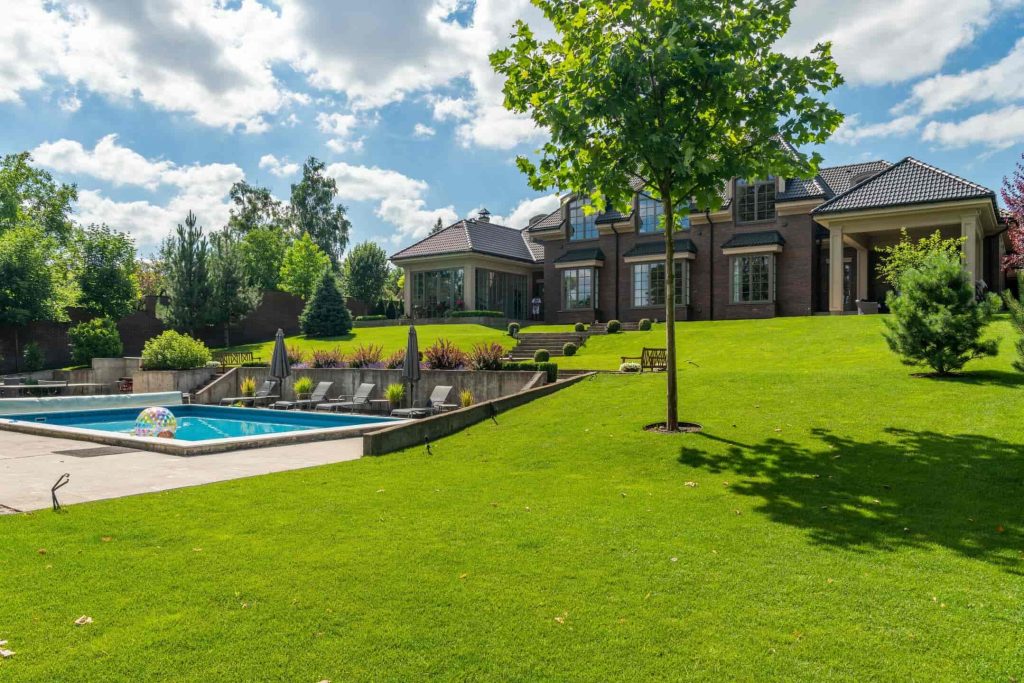
Whether looking at English, French, Zen, Modern, Minimalistic, or anything in between, the history of landscape style gardens is hundreds of years old. It is an inspiring art-form that can transform your outdoor space into a lush, well-planned oasis that expresses your personal style and extends your living area beyond the walls of your home. As this art-form has developed over the centuries, so too has different styles and features that define the look and feel of a wide variety of different landscape garden designs.
Let’s take a look at these different landscape styles, what defines them, and how to create the one that inspires you to transform your outdoor living space.
This landscape style handbook will cover:
Landscape style is basically the artistic arrangement of the plants, architecture, and physical features of your outdoor space for both function and aesthetics, such as flow, harmony, and an appeal to naturalistic elements. The arrangement takes factors such as climate, soil, topography, and the space’s functionality into consideration. There are some key elements that are used to create the desired landscape style.
Softscape garden features encompass the living elements of your garden, including trees, shrubs, perennials, and groundcovers. The garden plants you choose for your landscape will help define its texture and color.
Variety as well as growth patterns, seasonal timing of blooms, quality of sunlight, and climate are considerations when making plant choices.
Hardscape garden features are those elements that are built into the landscape to define the areas of your space. This includes pathways, patios, walls, benches or built in seating, fencing, and other structures. These features can also express your personal style.
For example, a garden path made of natural pavers that meanders through your garden gives a very different feel than a cement pathway laid out in straight, even lines. Your choice of materials should, however, should feel like they blend into the natural surroundings and fit well with the style of your home.

Water features bring movement and atmosphere to a landscape garden. These features can include ponds, streams, and fountains and come in a wide variety of shapes, sizes, and styles.
Every design needs a focal point, and this is no less true when it comes to residential landscaping.
Designs can incorporate sculpture, architectural elements like gazebos or fire pits, or special specimen plants to create the focal point in which you design your space around.
Depending on what you are looking to create, there are different types of landscaping styles that can be used as inspiration.
This is a traditional and structured style that evokes nature and a sense of romanticism with a focus on texture and flora. The English style emphasizes a central focal point, such as classic statuary or urns, floral borders that add texture and color, hedged outlines, and local plants.
This traditional style emphasizes:
This is a more informal garden design evoking a rustic, free-flowing layout with winding paths made of gravel, pavers, or brick. The emphasis is on a dense mix of diverse plants, flowers, vines, shrubs, and trees for a lush and natural feel. Cottage gardens often also have edible plants such as herbs, fruits, or vegetables integrated into the design along with scented flowers that attract bees and butterflies.
This is a simpler and understated landscape garden design with an emphasis on nature with features such as rocks, gravel, sand, water, wood, and evergreens. The purpose is to create a serene place suitable for meditation and reflection. Zen gardens also incorporate minimalistic architectural features such as simple bridges, stone statuary or lanterns, pagodas, or arbors. Water features are used to create a sense of calm, benches are used to accommodate a space for reflection, and asymmetrical placement is used to create interest.
This is a popular landscape style that emphasizes:
Let’s take a look at some DIY tips for creating your own landscape style garden.
With so many different types of landscape garden design to choose from, it is important to know your aesthetic style and make choices accordingly. Your site will also play into your choices. The first step is to create a plan and then choose plants and features that support your style, the atmosphere you are after, and how you want to use your landscape.
You can sketch out your plan on paper or use available software to visualize your thoughts and choices. Before choosing appropriate plants, analyze your site for sunlight exposure, drainage, soil quality, inclines and flat areas, and existing features such as vegetation, pathways, and structures.
When designing your landscape layout, keep in mind the essential elements of color, line, texture, form, and shape. It is also often easier to design around a focal point, especially if you are having trouble making choices. Choose something you can build your space around that expresses your style. This can be certain plants, stone or water features, or architectural structures. The existing structures, plants (especially trees and shrubs), or hardscape elements should also be taken into consideration when planning and implementing your design. You may be able to use existing elements or you may need to plan to remove them if they do not fit the landscape style you envision.
Choose plants that fit your local climate, have a variety of textures and colors that add visual interest, and will fit your space once they are fully grown. You will also want to consider the maintenance needs of the plants and balance those needs with your gardening abilities.

When it comes to implementation, break down your landscape design project into manageable phases.
These phases will most likely include:
When planting keep in mind design principles in relation to:
If you do not feel confident about implementing your design, professional landscapers can lend their expertise in maximizing your space layout, using the right materials for your design, and executing your aesthetic vision.
Budgeting is always important for any home improvement project, and garden landscape design is no different. Set a budget and make choices accordingly, including estimating the costs for your plants, materials, and installation. Also, do not forget to budget for maintenance costs and choose materials and plants that you know you can afford to maintain over time. This includes pruning, watering, and fertilizing.
Some of the most common mistakes in creating your landscape design are also some of the easiest to avoid, if you are aware of them. These include:

With so many choices to make in the process of creating the landscape design to fit your style and outdoor space, finding inspiration can be helpful. Make a file or vision board of landscapes that appeal to you along with useful resources and websites.
Artistically arranging your space with appropriate plants and physical features to create the landscape style you want means the choices you make need to fit both the function and aesthetics you want for your outdoor space. Finding a landscape expert to help you make the right choices can be the most important part of your planning process. Contact Tracer Pool and Landscape for the expertise you need to create the outdoor oasis of your dreams.